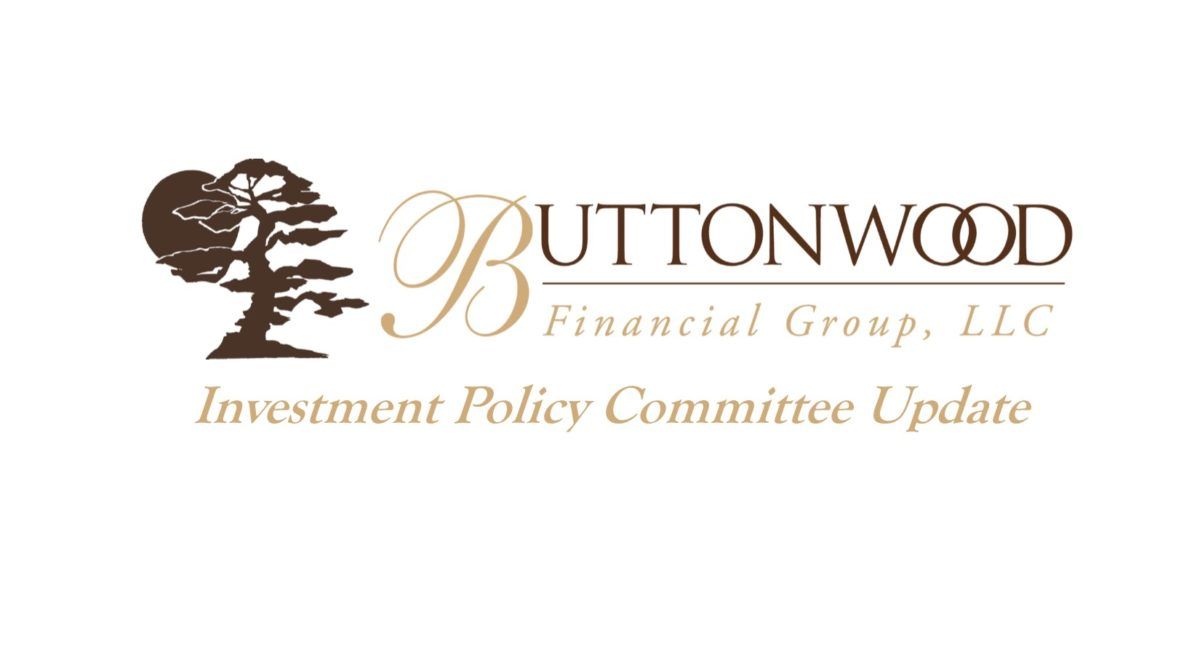2023 End of Year Financial Checklist
As 2023 comes to a close, it's time to assess your financial standing and take important steps to impact your future. At Buttonwood Financial Group, we understand that effective financial planning is a year-round endeavor. To help you navigate the complex world of personal finance, we've put together an end-of-year checklist to set you on the right track for the coming year. This comprehensive guide will cover a range of topics, from maximizing your retirement savings to ensuring you are financially secure.
1. Backdoor Roth Contributions:
If you're over the income limit to contribute directly to a Roth IRA, consider making a Backdoor Roth contribution. This strategy involves contributing to a traditional IRA and then converting it to a Roth IRA. This way, you can enjoy the tax-free growth and withdrawals that Roth IRAs offer. Be sure to consult with your financial advisor to navigate the rules and tax implications of a pro-rata conversion.
2. Mega Backdoor Roth:
For those with access to an employer-sponsored 401(k) plan allowing after-tax contributions, the Mega Backdoor Roth can be a powerful tool for supercharging your retirement savings. By contributing after-tax funds to your 401(k) and then rolling them over into a Roth IRA, you can potentially grow a significant tax-free nest egg. If you need the income from your paycheck, let your balance sheet do the heavy lifting.
3. Roth Conversions:
Is 2023 a low-income year? Do you want to benefit your next generation with a reduced tax bill? Consider converting traditional IRAs or old 401(k) accounts to Roth IRAs. While this will trigger immediate taxes, it can provide tax-free growth and withdrawals in the future, which can be especially advantageous for retirees. At Buttonwood, we proactively coordinate Roth conversions once income estimates are known for the year. Your financial advisor can help you determine the optimal conversion amount to minimize your tax liability.
4. Don’t Forget Investment Accounts:
In addition to your retirement accounts, maximize contributions to other investment accounts like your brokerage accounts, HSA, and college savings accounts. The more you invest now, the greater your potential future income.
5. Retirement Plan Contributions:
Whether you are working as an employee with access to a 401(k), 403(b), or 457(b) plan through your employer, or you’re a self-employed individual managing your own individual 401(k), it’s crucial to ensure you make your full “employee” contribution – which amounts to $22,500 for those under 50, and $30,000 for those over 50 – by the final day of the year. The additional “employer” contribution, whether made by your employer or yourself (if you are the employer), has a bit more flexibility with a few extra months available for its deposit. Furthermore, certain plans allow for contributions to be made until you file your taxes. However, if your goal is to maximize your annual contributions to your retirement account, it’s imperative to get your money in there promptly.
6. Flexible Spending Accounts:
If you have a flexible spending account (FSA), review your spending and make any necessary adjustments. Use any remaining funds before the year-end, as FSAs often have a "use it or lose it" policy.
7. Insurance:
While there is not a tight year-end deadline to review insurance, it’s important to proactively review as the cost typically increases on your birthday or 6 months prior. Review your insurance policies, including health, life, and property insurance. Ensure that your coverage still aligns with your needs and goals.
8. Charitable Gifts & Tax Credits:
Beyond the positive impact charitable gifts make on your community and the world, there are potential tax benefits to creating a coordinated strategy! If you itemize, there is a significant benefit to making your contributions before the last day of the calendar year. We often see clients who have a hard time choosing between the many charities they support. One option would be to review tax credits. In addition, to alleviate the stress of needing to make an immediate decision, we often suggest contributing to a Donor Advised Fund, allowing you to get the tax benefit and make your specific contribution amount choices later.
9. Prepare for Q4 Estimated Tax Payments:
If you make estimated quarterly tax payments, don't forget your Q4 payment, which is due by January 15. Failure to make this payment could result in penalties and interest. There may also be opportunity to pull your Q4 payment into the current year. Explore options for your business to pay your state and local tax (SALT).
10. Front-Load Expenses and Back-Load Income:
Is 2023 a high-income year? If so, by accelerating your expenses and delaying income, you can potentially reduce your tax liability. If income remains consistent and you are not changing tax brackets, it may make sense for you or your business to pay as much as you can this year and get paid next year. Short-term T-bills are paying more than 5%. Holding your cash and delaying tax payments by as much as a year can provide substantial benefits.
11. Get Free Annual Credit Reports:
Regularly review your credit reports from the three major credit bureaus (Equifax, Experian, and TransUnion). You're entitled to one free report from each bureau annually. Check for errors and potential identity theft.
12. Get Social Security Administration Reports:
Request your Social Security statement from the Social Security Administration. Review it for accuracy and to help with retirement planning.
As we approach the end of 2023, taking the time to complete these and other comprehensive financial steps can put you on a path to a more secure and prosperous future. Working with a financial advisor from Buttonwood Financial Group can provide you with the guidance and expertise needed to make the most of these financial strategies. Start now, and you'll be well-prepared for the coming year.
Recent Buttonwood Articles

Are you ready to explore the benefits of your very own Family CFO?
Buttonwood Services
About Buttonwood Financial Group
Disclosures
Location
Business Hours
- Mon - Fri
- -
- Sat - Sun
- Appointment Only
All Rights Reserved | Buttonwood Financial Group





